
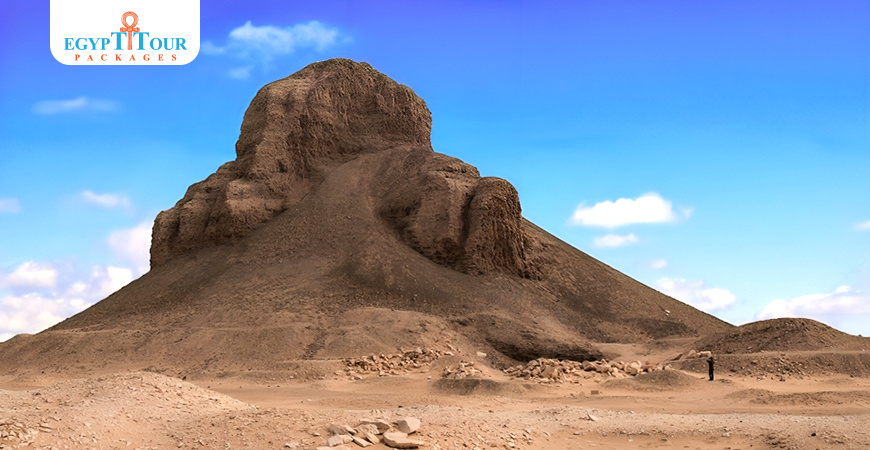
Pyramid of Senusret III
The ancient Egyptian pyramid of Senusret III is situated in Dahshur and was constructed for pharaoh Senusret III of the 12th Dynasty.
Pyramid of Senusret III
Senwosret III, instead of building his pyramid at el-Lahun like his father Senwosret II, decided to choose a different location to the north at Dahshur. This site is situated to the north-east of Snefru's The Red Pyramid, also called the North Pyramid, is the largest of the pyramids located at the Dahshur necropolis in Cairo, Egypt. Red Pyramid and is adjacent to the South Saqqara necropolis. Although the original name of this monument is unknown, it is the largest pyramid of Dynasty XII, which is fitting for one of the significant rulers of the Middle Kingdom.
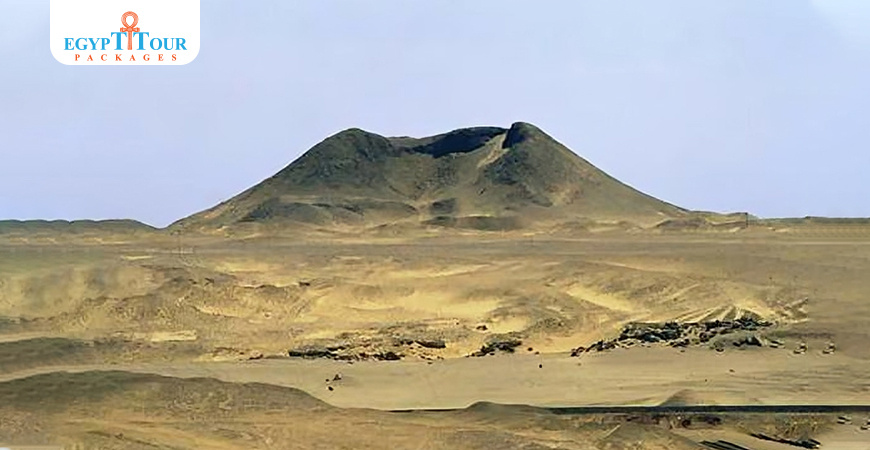
The pyramid complex of Senwosret III at Dahshur
Pharaoh Senusret III is a renowned ruler of Ancient Egypt. He is considered the epitome of an Egyptian monarch by classical authors due to his esteemed reputation. His reign (1872-1854 BC.) during the Middle Kingdom was a significant turning point in the history of the country. With the aim of expanding his kingdom's southern borders, this visionary pharaoh led multiple expeditions against the powerful kingdom of Kerma. He also established strong trade and diplomatic relations with neighboring countries along the Eastern Mediterranean Sea (now Cyprus, Turkey, Lebanon, Syria,and Palestine). Additionally, he implemented reforms and revitalized the Egyptian State.
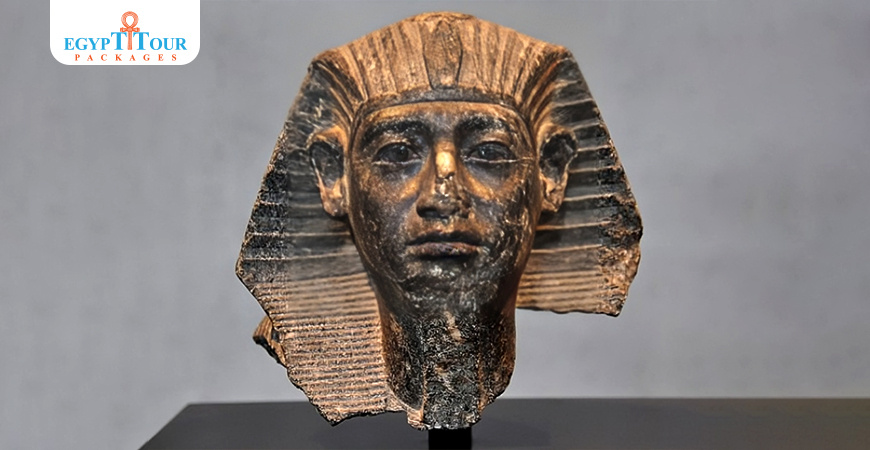
The Pyramid of Senusret III at Dahshur
The pyramid's mudbrick core was once covered in limestone blocks, but they have mostly disappeared. Now, all that remains is a large pile of rubble that reaches about 30m high from the desert surface. The pyramid was originally believed to be around 61.25m tall and had a base length of 105m. Perring and Vyse were the first explorers to visit the pyramid in 1839, and it was later excavated by Jacques de Morgan in 1895. De Morgan entered the structure through an ancient robbers tunnel. The original entrance to the pyramid was hidden beneath the courtyard pavement on the northwest side, and a small chapel was built on the northern side to trick robbers.

Dahshur Pyramid of Senwosret III
A vertical shaft went eastwards from the pavement to a descending corridor before turning south into two chambers. The chambers consisted of magazines to the east and the antechamber and burial chamber to the west. The burial chamber had plastered and whitewashed granite walls, supported by a false ceiling of granite. This false ceiling concealed a vaulted roof made up of five pairs of huge limestone beams. A false door, made of limestone and painted red to look like granite, was also present. At the western end of the burial chamber, a large empty granite sarcophagus was discovered. It was decorated with a motif of fifteen niches. Near the southern wall, there was an empty niche that was likely intended to hold a canopic chest. Some archaeologists have questioned whether the king was actually buried in his pyramid at Dahshur. They suggest that he may have been interred in his funerary monument at Abydos instead. The empty and oddly positioned burial chamber at Dahshur supports this hypothesis. However, the reasons for Senwosret's decision, if true, are still unknown.
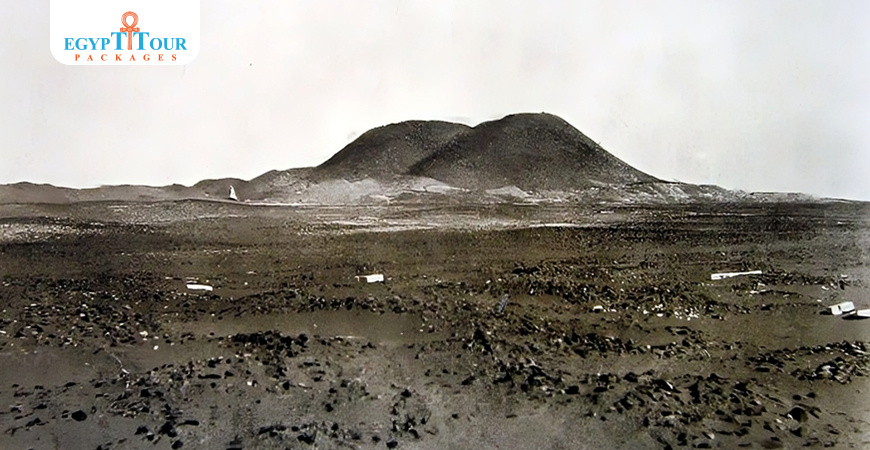
Pyramid of Senusret III fact
De Morgan made a discovery of a second shaft located in the north-east of the pyramid. This shaft is connected to a group of four tombs for royal ladies. The tombs had small pyramid-like structures above the ground, which covered shafts leading to two galleries. The lower gallery contained eight niches, most of which had been looted, but two of them had inscribed sarcophagi with the names of princesses Menet and Seneb-senebty. The remains of Princess Sithathor, who was the daughter of Senwosret II, were also found. Although her coffin was empty, a canopic chest with four alabaster lidded jars and a hidden chest containing the princess's jewelry and other funeral items were discovered. De Morgan also found an empty coffin and a collection of jewelry that belonged to Queen Meret, the wife of Senwosret III. These treasures are now exhibited in the Cairo Museum.

Pyramid of Senusret III in Dahshur Egypt
De Morgan discovered three more mastabas on the southern side of Senwosret's monument. These mastabas have recently been identified as small pyramids, and they also belonged to royal women. While de Morgan entered two of these mastabas, the entrance to the third one was only discovered in 1994 by the New York Metropolitan Museum of Art Expedition, led by Dieter Arnold. This newly found shaft, called 'Mastaba 9', leads to the burial chamber of Queen Khnemet-nefer-heget, also known as Weret. She was the wife of Senwosret II and the mother of Senwosret III. During the excavation, the Met Expedition found the Queen's sarcophagus, canopic jars, and another valuable collection of jewelry.
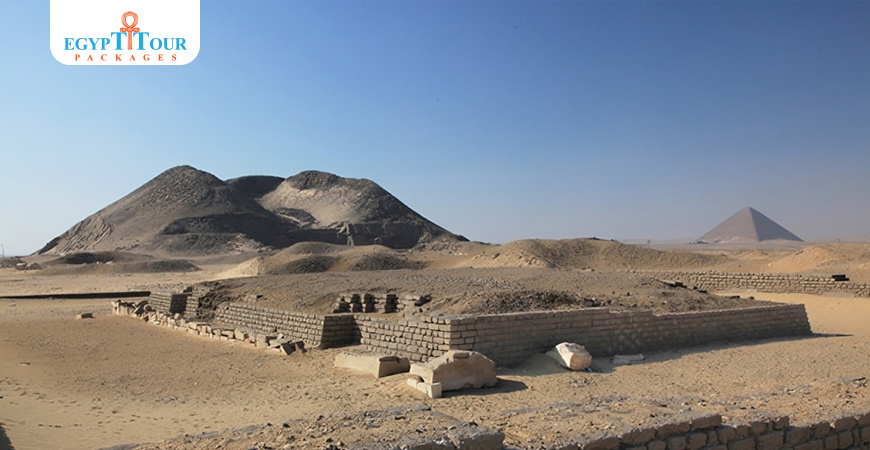
The Pyramid of Sesostris III
The king's pyramid complex had a square perimeter wall adorned with niches on the outside. The pyramid complex also included the pyramids of the royal ladies. There used to be a small mortuary temple at the center of the eastern side of the pyramid, but it is now destroyed. In a later phase of construction, the perimeter wall was extended to the north and south. A larger "southern temple" was built, complete with a courtyard and causeway. The causeway has not been explored yet, and a valley temple has never been discovered. However, in the southwest of the complex, a mudbrick vaulted structure was unearthed, buried under sand. Adjacent to it was a crypt that contained the burial of six wooden funerary boats, each measuring 6 meters in length.
How to get there
You can get to the site from Cairo by taxi (maybe along with a trip to nearby Saqqara) or by bus to the modern village of Dahshur. The
The burial place of Pharaoh Senusret I is the Egyptian pyramid known as the pyramid of Senusret I. It was constructed during the Twelfth Dynasty of Egypt. Pyramid of Senwosret I
II is located behind the modern Gupco plant on the right side of the road leading to the
The Red Pyramid, also called the North Pyramid, is the largest of the pyramids located at the Dahshur necropolis in Cairo, Egypt. Red Pyramid
. However, it is not possible to approach it due to the presence of an oil refinery.

Post A Comment
Your Email Address Will Not Be Published.
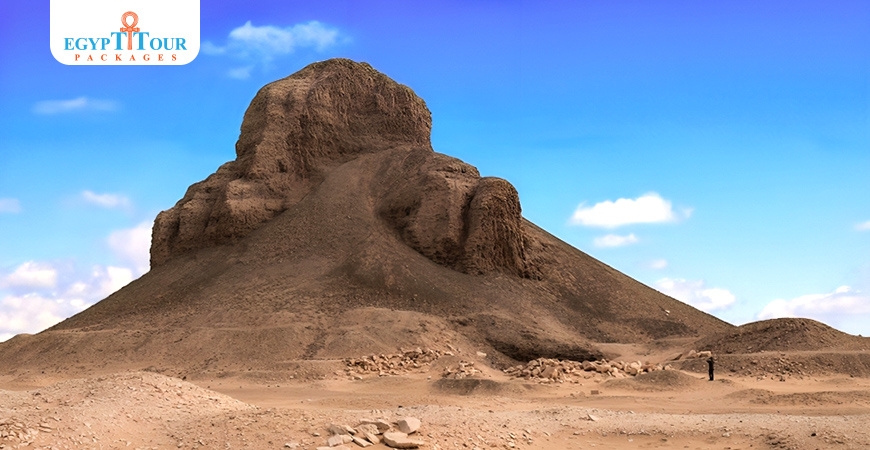


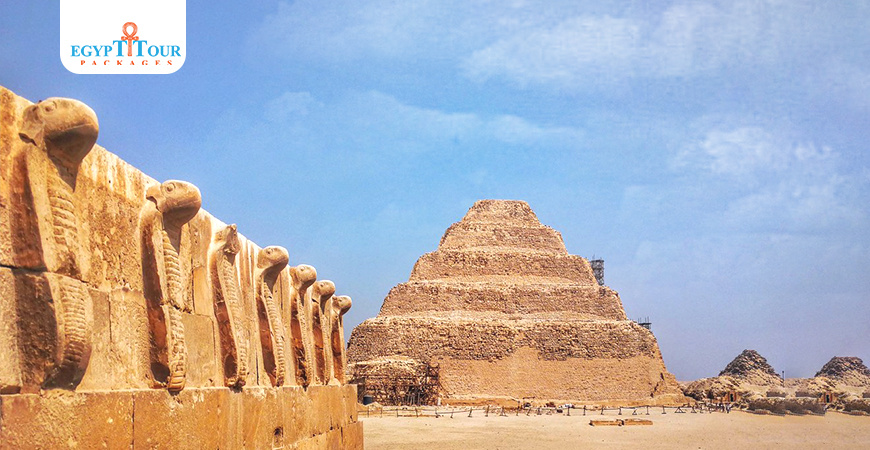







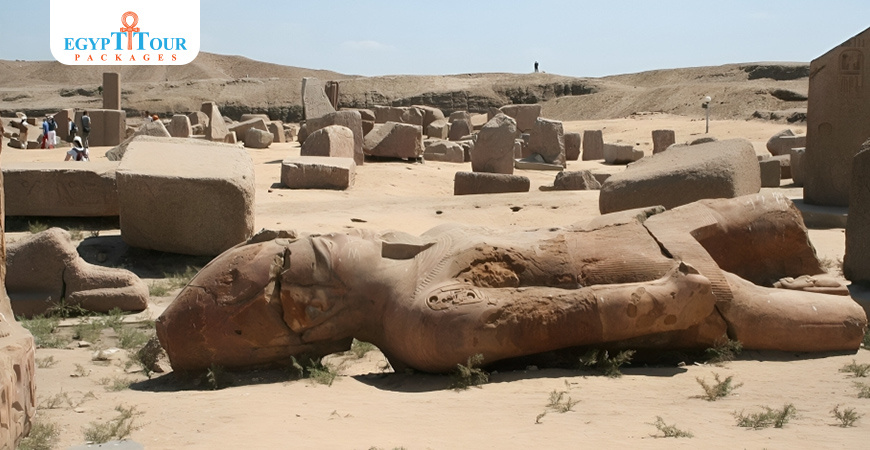


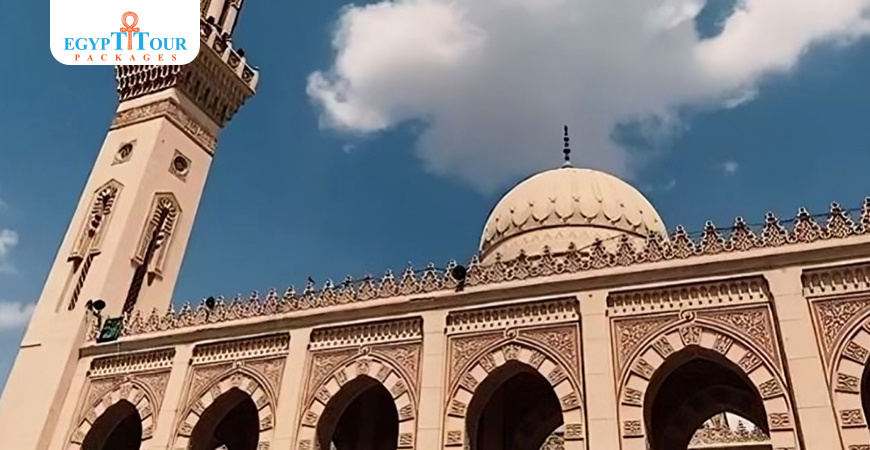


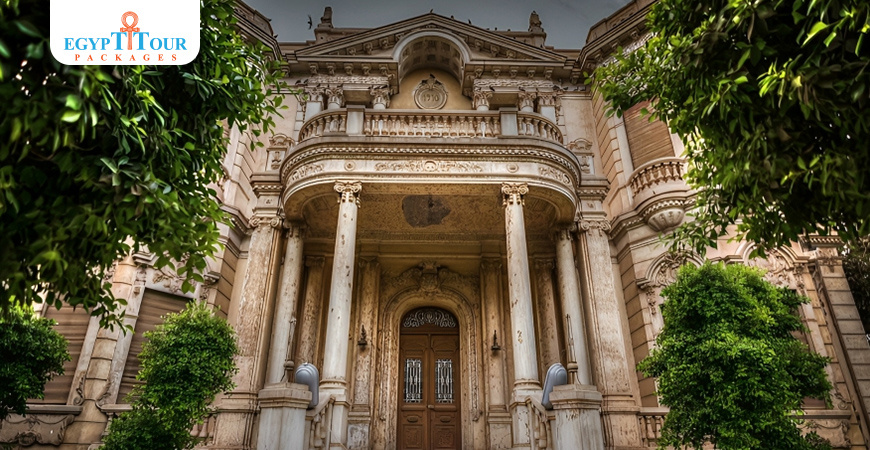
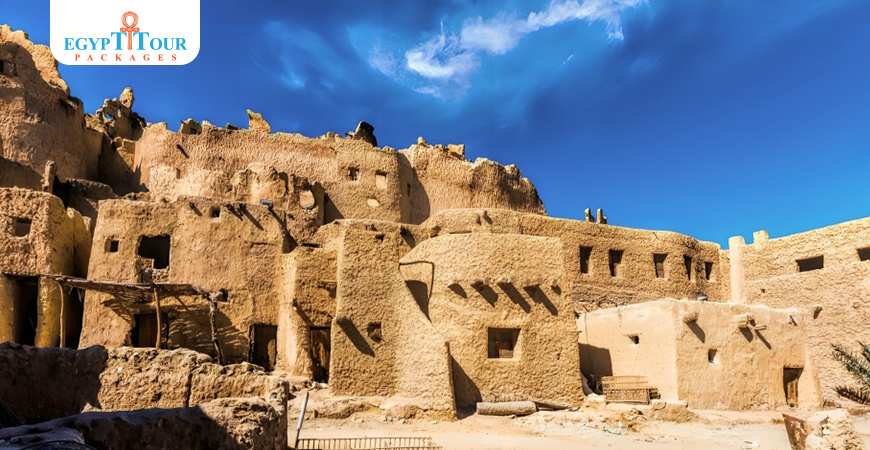
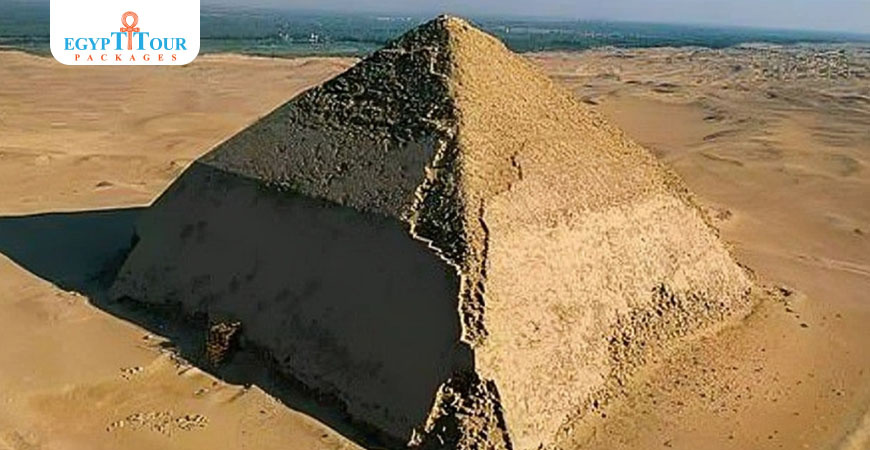
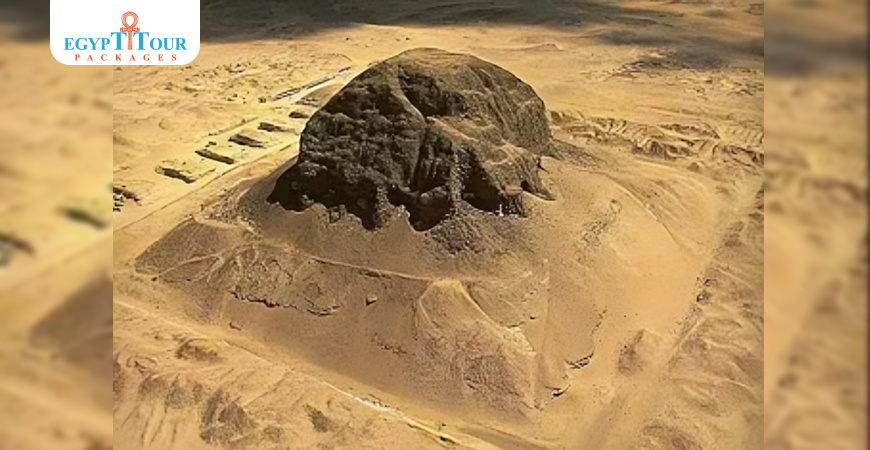
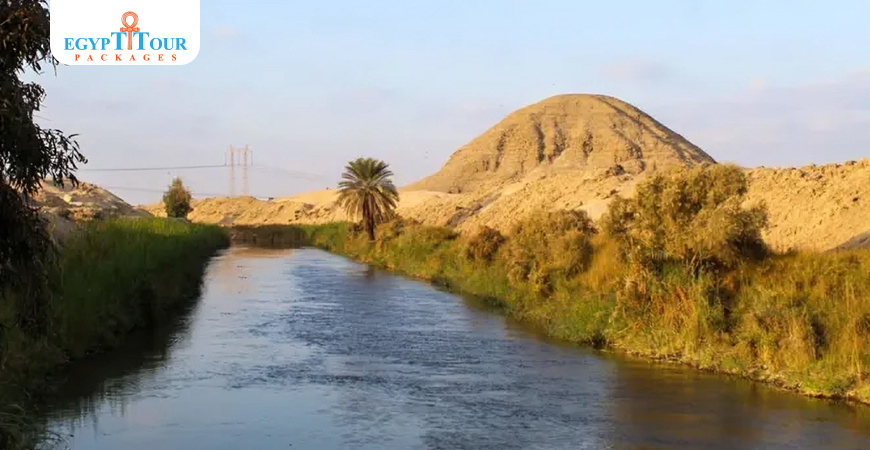
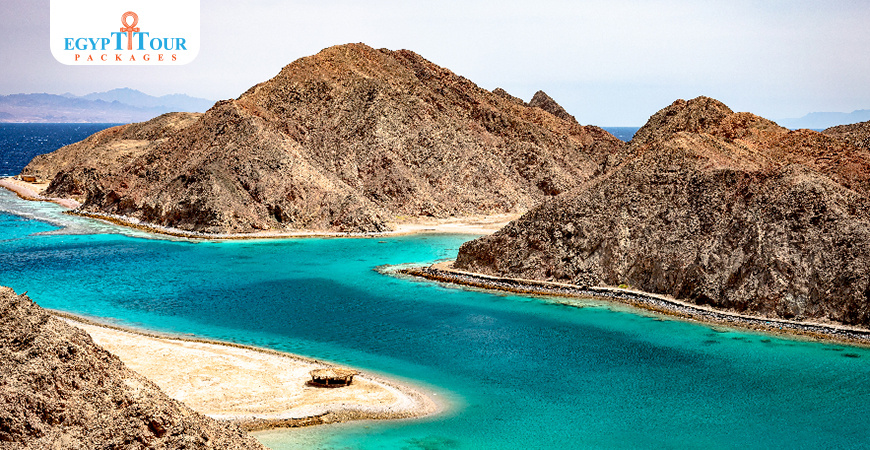

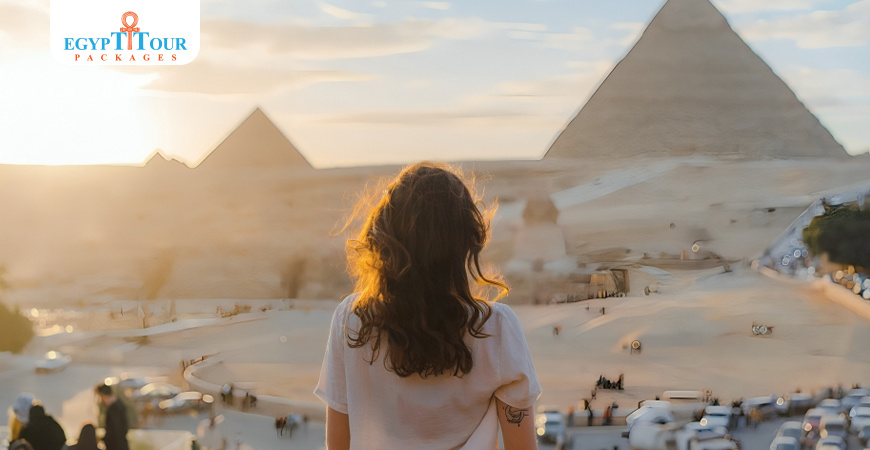
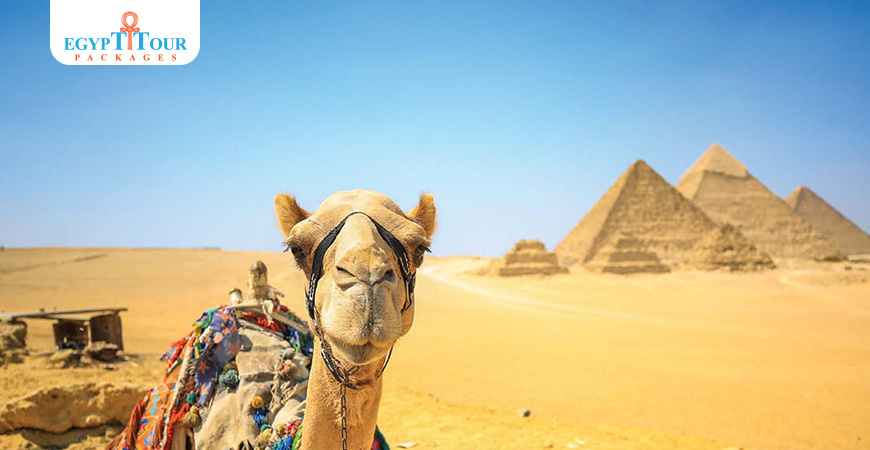











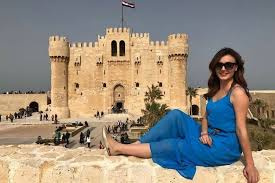

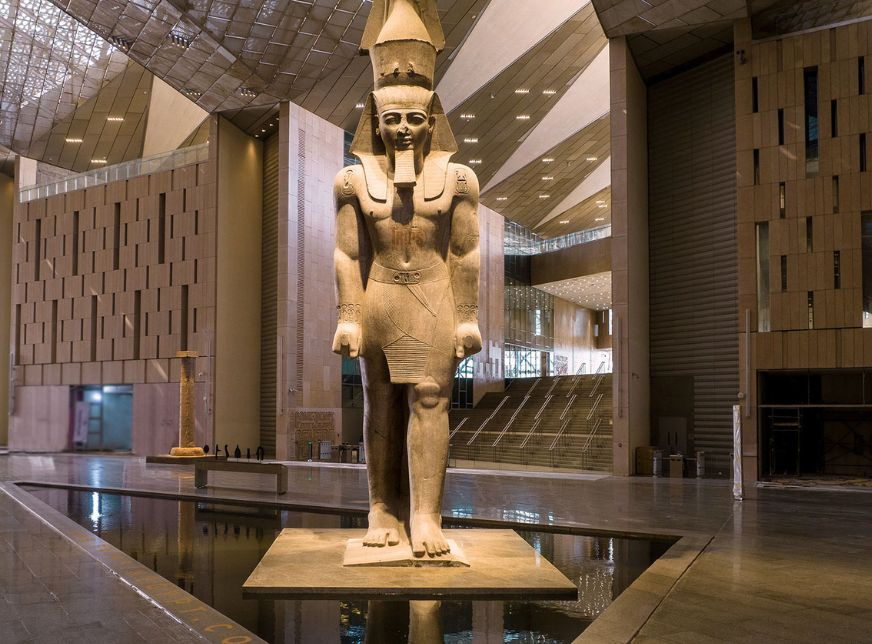

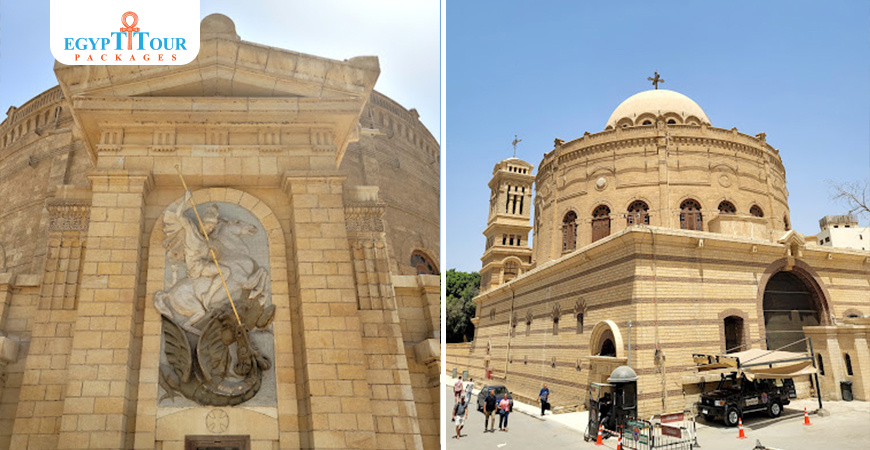



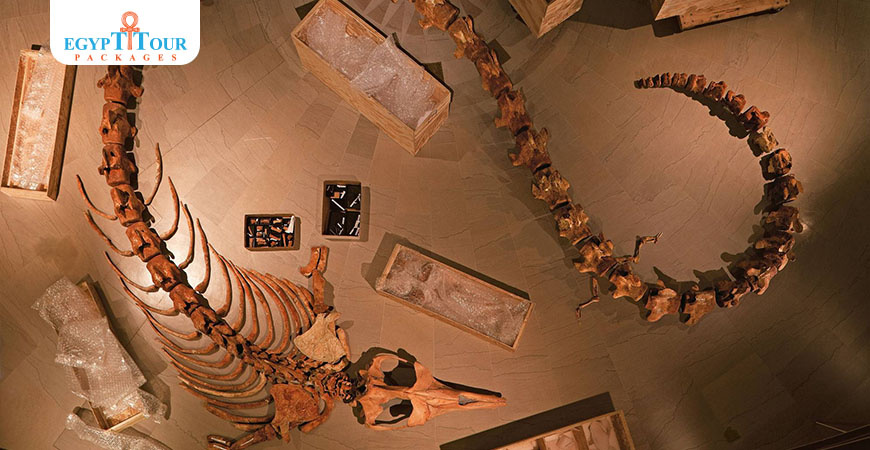

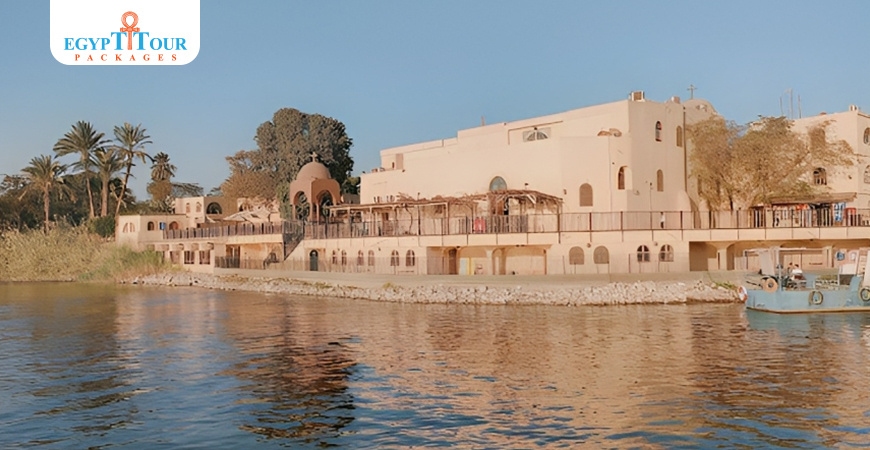
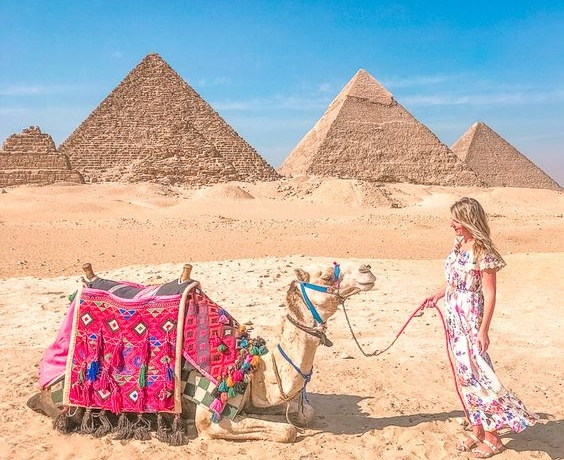






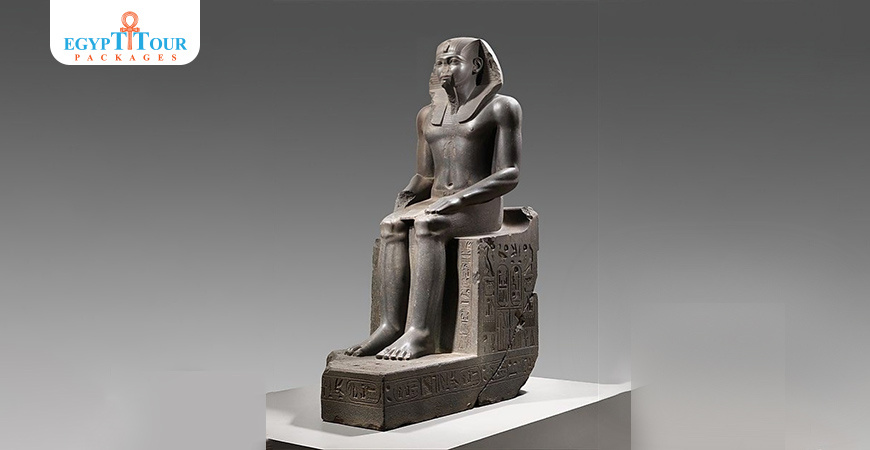

0 Comments